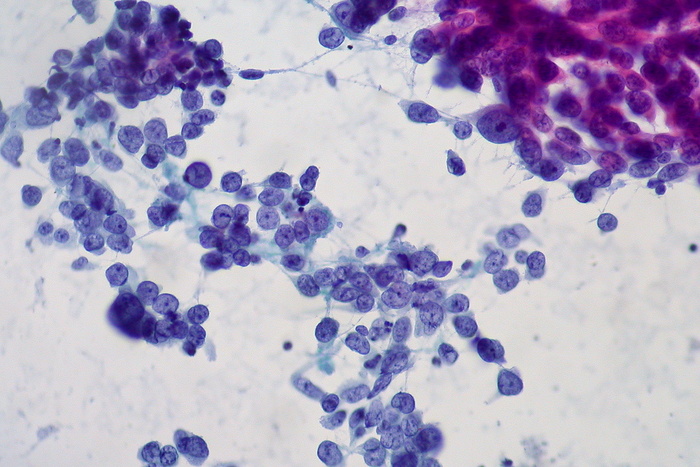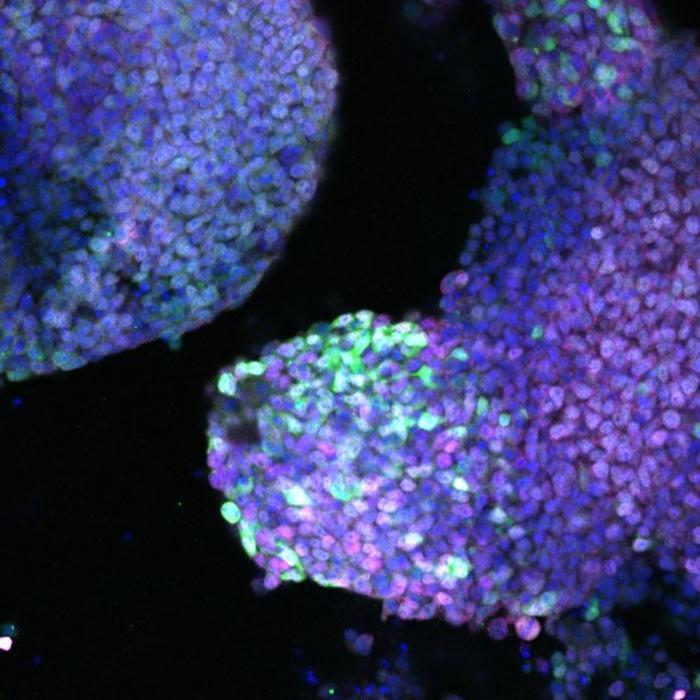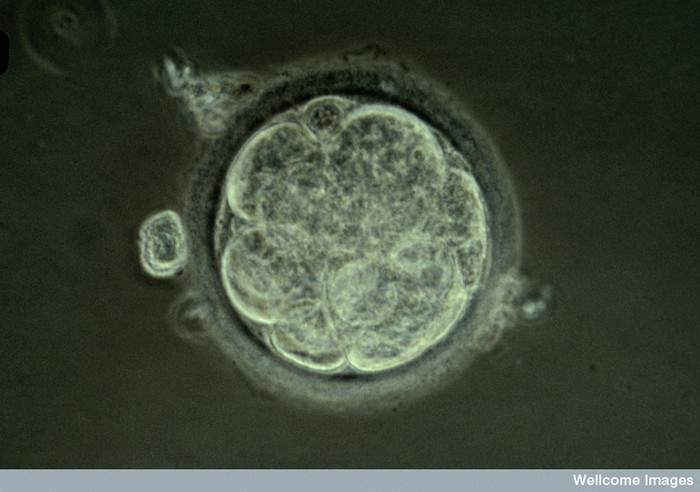Enlarge image
Photo: Getty Images
The genome has already been completely decoded.
Researchers have now presented a work that is intended to map all human cells.
This would make it possible to understand where and how the genes work in the body.
For this human cell atlas, three teams analyzed more than 500 cell types across 33 tissues and summarized them in rough maps.
The teams present their work in the journal »Science«.
Another team analyzed cells from embryos.
With the human cell atlas, it is possible to see which tissues corona or flu viruses can penetrate, says a study leader, Sarah Teichmann from the British Wellcome Sanger Institute.
She is co-founder of the Human Cell Atlas (HCA) project, which started in 2016 and involves more than 2,000 researchers worldwide.
Showing the open doors to viruses
“The atlas tells us which cells have a door open for which viruses.
We already saw in March that there are receptors for Covid-19 in the nose and the study was published in April 2020.« That showed how important masks are.
In addition, her team has shown that corona viruses also penetrate certain mucous membrane cells in the mouth and are therefore ejected when speaking.
"The cell atlas is like a guidebook that shows which receptor is in which position." This is not only important for viruses, but also for the development of drugs.
The work on the cell atlas has been going on for years, but so far mainly individual cells, tissues or organs have been catalogued, explains Teichmann, who is also research director at the British University of Cambridge.
The cell maps presented in "Science" can be used to show how cells work together across organs.
"In the immune system, we have now learned which T cells are present in which tissues and thus created a kind of GPS," says Teichmann.
T cells develop different receptors in the spleen than in other organs.
In addition, the analysis techniques have improved significantly.
»We are at the point where the technologies are very robust, fast and affordable.«
This is not only important for finding receptors.
“The healthy tissue stored in the atlas is primarily used as a reference in the event of illness.
It is easy to see what has changed in a patient,” said Teichmann.
Model Human Genome Project
Just as the Human Genome Project provides a reference for all genes, the human cell atlas is a reference for all cells, said the project's co-founder, Aviv Regev of the Broad Institute in Cambridge, Massachusetts.
Only this is much more data.
All body cells in a human have the same genome, but they use different parts of it.
"It's not enough to identify the genes for diseases, you also have to know where they are active." The atlas, which is publicly available to researchers, can also be used to identify cells that cause diseases.
Another team from Teichmann examined the immune system of embryos in a fourth "Science" paper for the cell atlas and proved that immune cells develop in many organs, not only in hematopoietic ones.
"Examining the cells and tissues of the human developmental stages helps us, among other things, to understand rare diseases that often occur at birth and the origin of child tumors, which often develop during pregnancy," explains Teichmann.
Before the current work, around 100 individual studies that had analyzed the tissues of many people had already contributed to the cell atlas.
A team led by Roland Eils from the Berlin Charité had already set up a map of the pancreas in 2020.
The researchers genetically examined all of the cells in it, determined their exact location and elucidated the connections between the individual cells.
"We wanted to create a resource for all researchers interested in the pancreas," Eils explained at the time.
Norbert Hübner from the Max Delbrück Center for Molecular Medicine in Berlin was in charge of an initial sketch for the heart.
The brain is still missing
For the cell atlas, the researchers analyze small working copies (mRNA) of the genome, which are necessary as instructions for the production of the desired substances in the cell.
In the meantime, however, it is also possible to examine frozen tissue using cell nuclei alone.
The cell atlas is not yet complete.
"Actually, we wanted to have a first draft ready within five years," said Teichmann.
But the pandemic got in the way.
One end is open.
"We don't even know how many cell types humans have," admits Teichmann, at least there are more than previously thought.
“The body has over 50 tissues.
Taken together, we now have a rough draft of a map with 30 tissues and 50 million individual cells,” said Teichmann.
'That's a very good start.
However, the brain is still missing.” Only small parts have been mapped, and there are around 100 brain regions in humans.
ak/dpa







